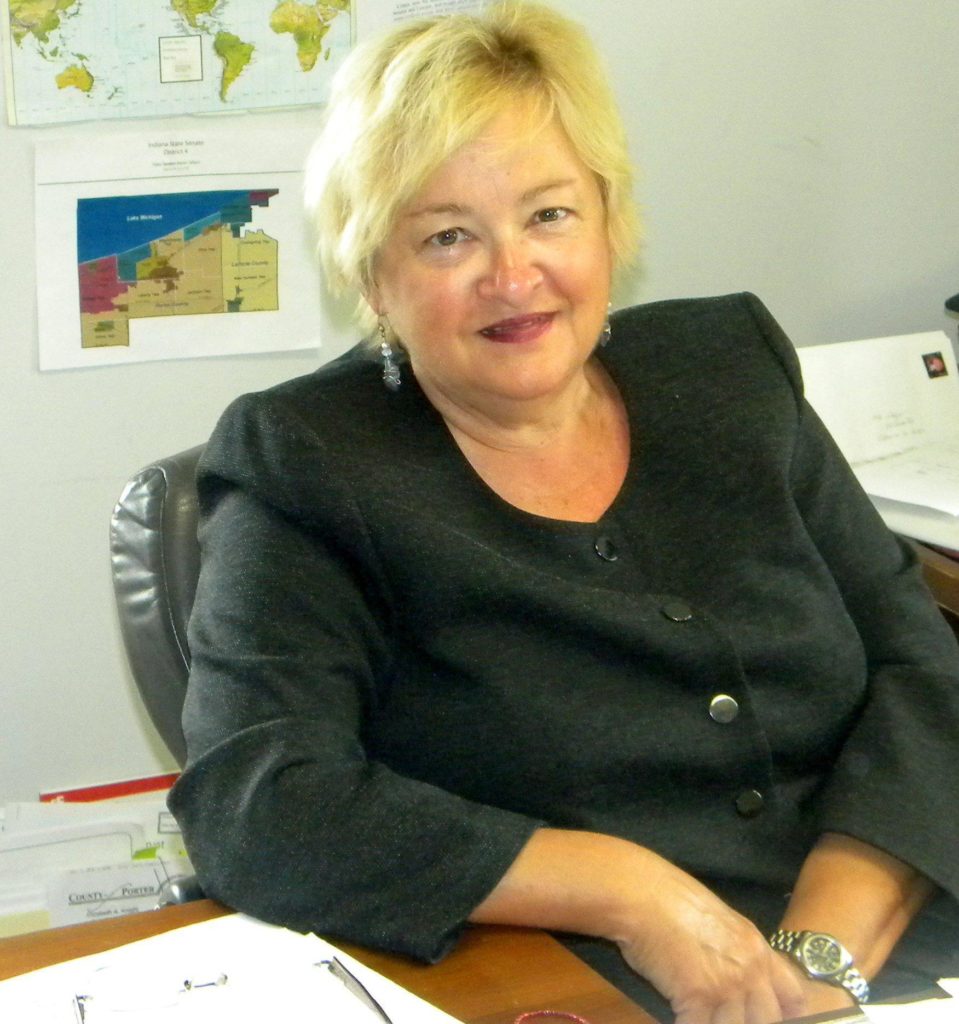Despite marijuana being a legally prescribed medication, few patients are able to receive coverage through benefit plans creating a financial incentive to substitute medical cannabis for addictive opioid-based drugs.
When I was first prescribed medical cannabis for obsessive-compulsive disorder (OCD), the legal marijuana available to me trailed by leaps and bounds what was being offered via other (illegal) means. Other patients I knew advised me that it was better to deal with compassion clubs than government-approved licensed producers. Thankfully, things have improved considerably since then.
Canadian medical cannabis producers are now in a much better position to provide high-quality and diverse strains of medication. At the moment, Snoop Dogg is my main medication provider. His Leafs By Snoop products are available through Canadian cannabis producer Tweed.
Unfortunately, there are still considerable barriers preventing patients from accessing medication. And now there’s a federal proposal on the table to increase those barriers via a $1 per gram sales tax on weed.
In my case, this is more of an inconvenience than anything else, but for others the difference in how insurers treats cannabis in comparison to other drugs is potentially fatal.
Despite marijuana being a legally prescribed medication, few patients are able to receive coverage through benefit plans. This creates a financial incentive to substitute medical cannabis for opioid-based drugs, which are more commonly covered under benefits plans.
Most patients are prescribed around one to two grams of cannabis per day, which costs an average of $10 a gram. (High-end Leafs By Snoop flower goes for up to $12 a gram.) Patients are spending upward of $3,600 to $7,300 a year on legally prescribed medication for which they receive little or no compensation.
This is slowly changing. Earlier this year, a human rights board determined a Nova Scotia man’s workplace insurance plan must cover his medical cannabis following an on-the-job motor vehicle accident.
And last year, student Jonathan Zaid successfully petitioned his student union at the University of Waterloo to cover his medical cannabis through the student health plan.
Zaid is also the founder of Canadians for Fair Access to Medical Marijuana (CFAMM), an organization seeking to break down barriers to access for medical cannabis users. CFAMM’s website has a variety of tips for patients seeking coverage as part of their benefits packages.
Most plans do not include coverage for medical cannabis, but many include a health spending account, which provides some coverage for medical expenses that go beyond what’s offered by the plan. Medical cannabis is eligible, though the coverage amount is only a fraction of the average annual amount.
Zaid and other organizations encourage pot patients to request medical cannabis be added to organizations’ benefits packages.
If insurers consistently hear from employers and unions that the inclusion of medical cannabis in extended benefit plans is important, it will drive change in the industry.
Philippe Lucas is the executive director of the Canadian Medical Cannabis Council and a leading researcher in the field of medical cannabis. Of special interest to Lucas is a phenomenon known as the Cannabis Substitution Effect, research indicating the primary drug patients report substituting for cannabis being opioids.
As many as 2,800 Canadians died last year as a result of opioid-related overdoses. In cases of prescribed medical cannabis for pain-related conditions, the current system is providing many patients with thousands of dollars worth of incentives annually to use opioids instead – despite research showing lower rates of depression and anxiety among patients who replace or supplement opioid treatment with cannabis.
According to Lucas, 300,000 Canadians currently use medical cannabis through the federal government Access to Cannabis for Medical Purposes Regulations, and a number of those are on a fixed income and struggling to cover the cost.
On November 10, the federal government unveiled a plan to place an extra 10 per cent tax on both medical and recreational cannabis for when legalization comes into effect next year.
Lucas says his organization has been meeting with MPs from all political parties about removing the tax and has encountered no opposition so far.
We’ve come far in terms of improving Canadians access to medical cannabis, but there is still a long way to go.
credit:420intel.com










